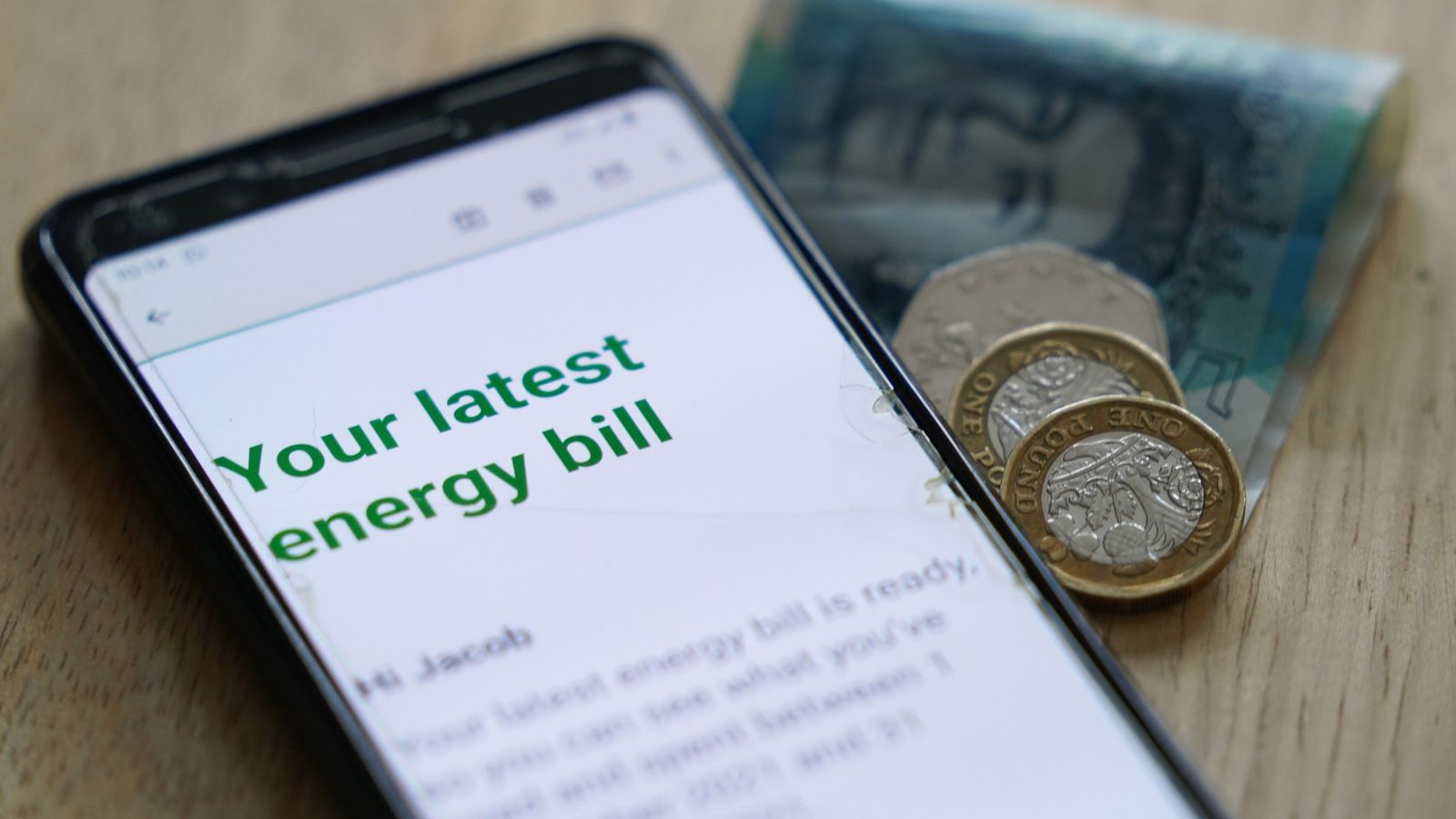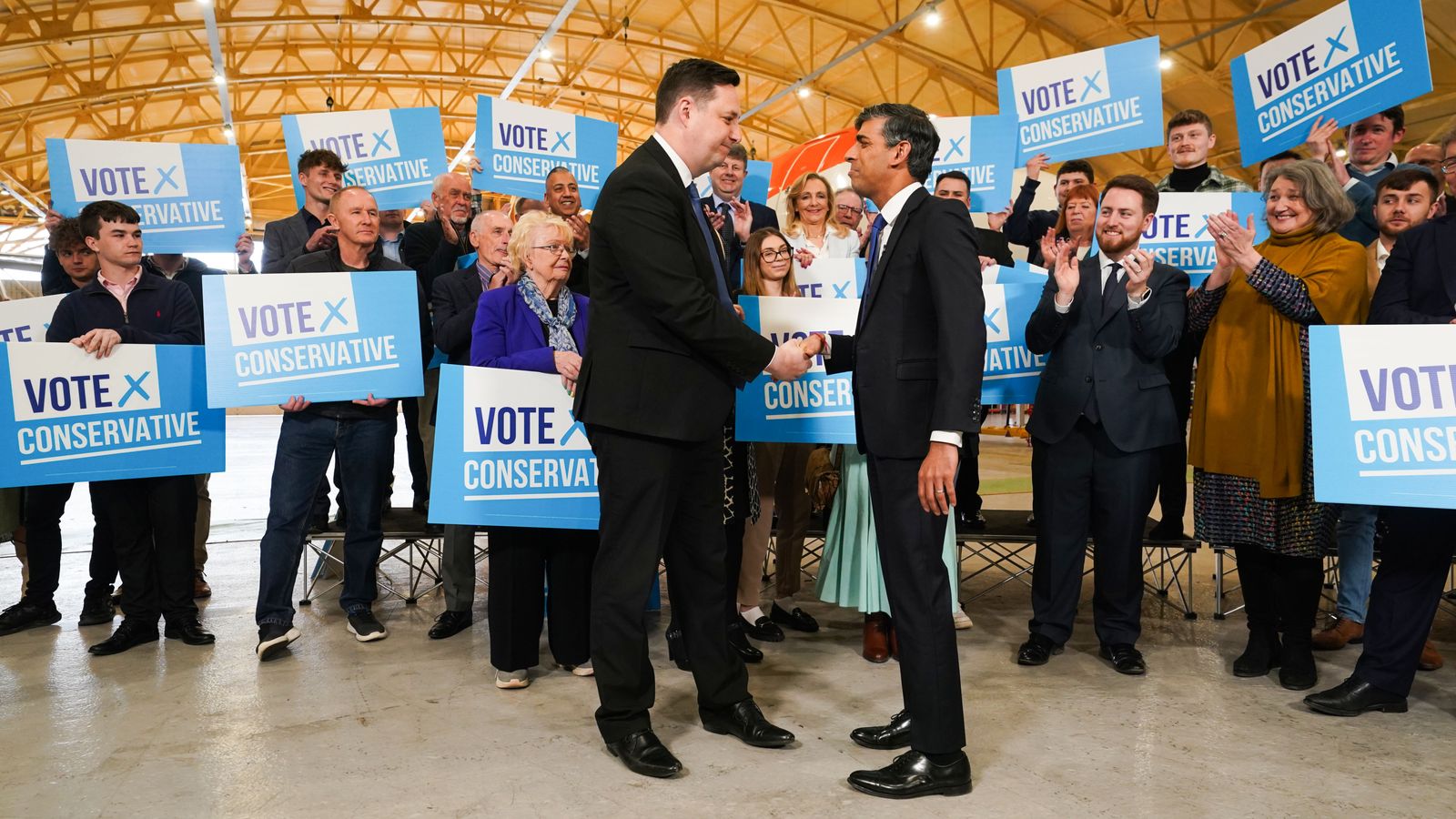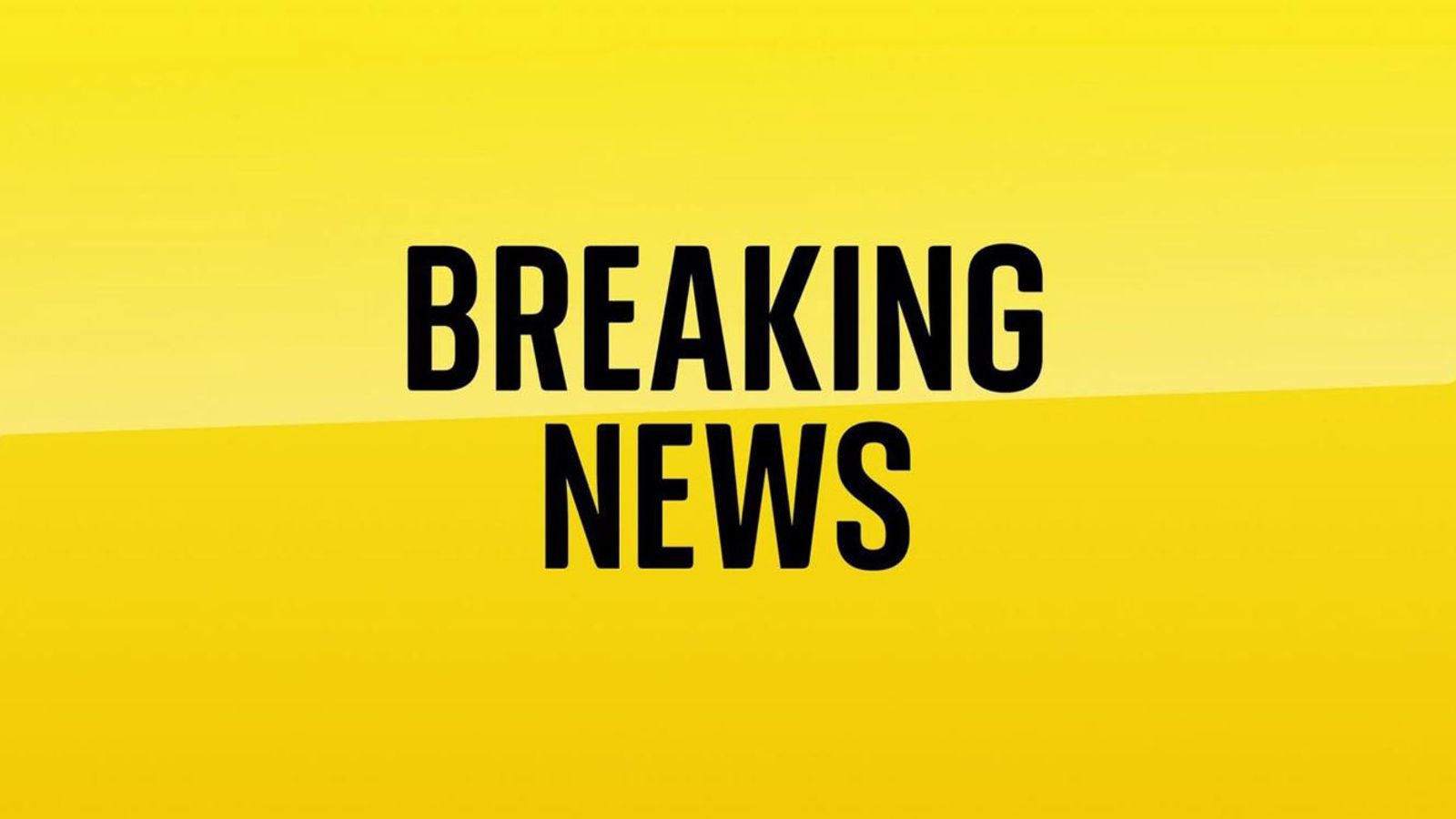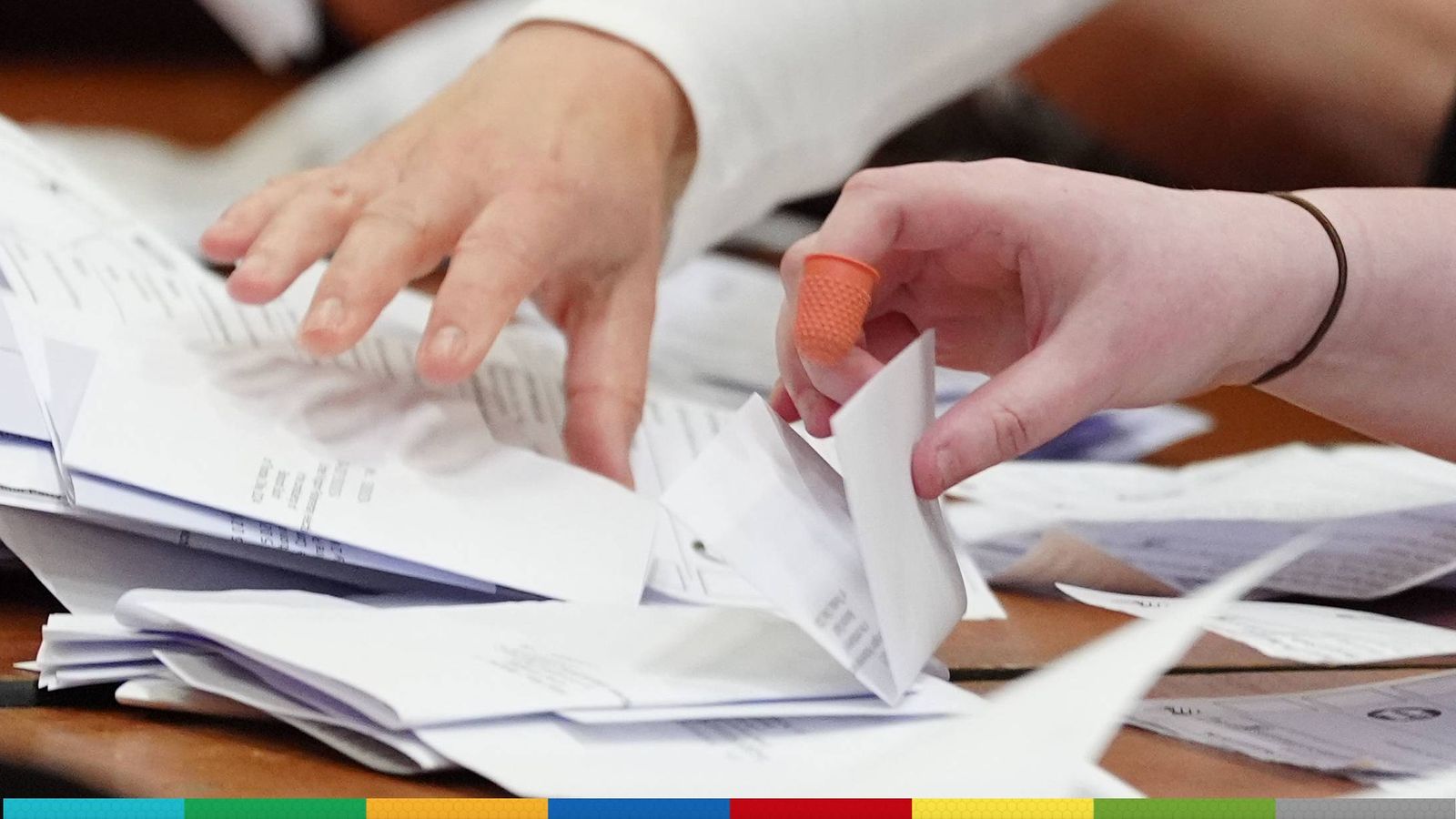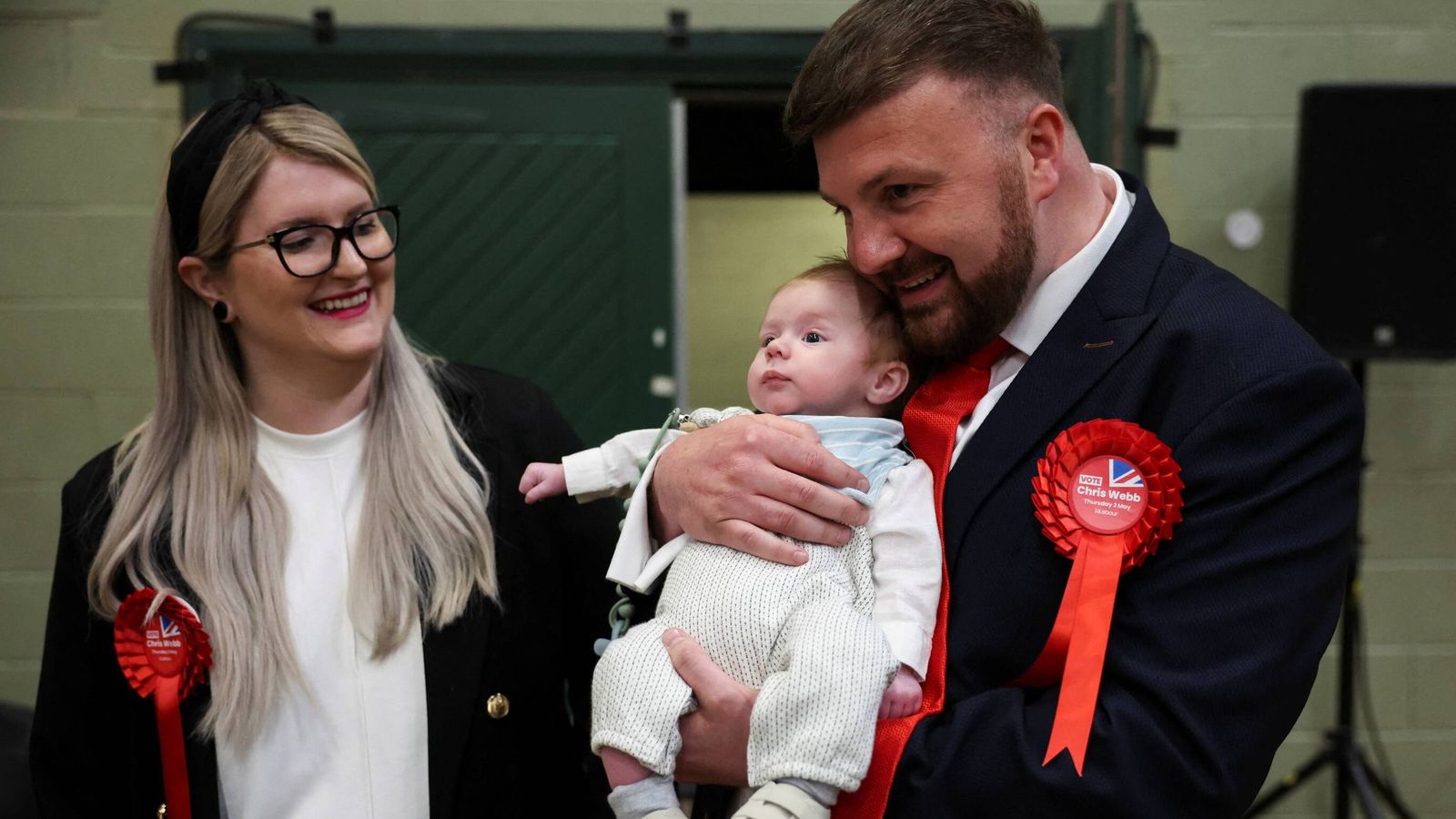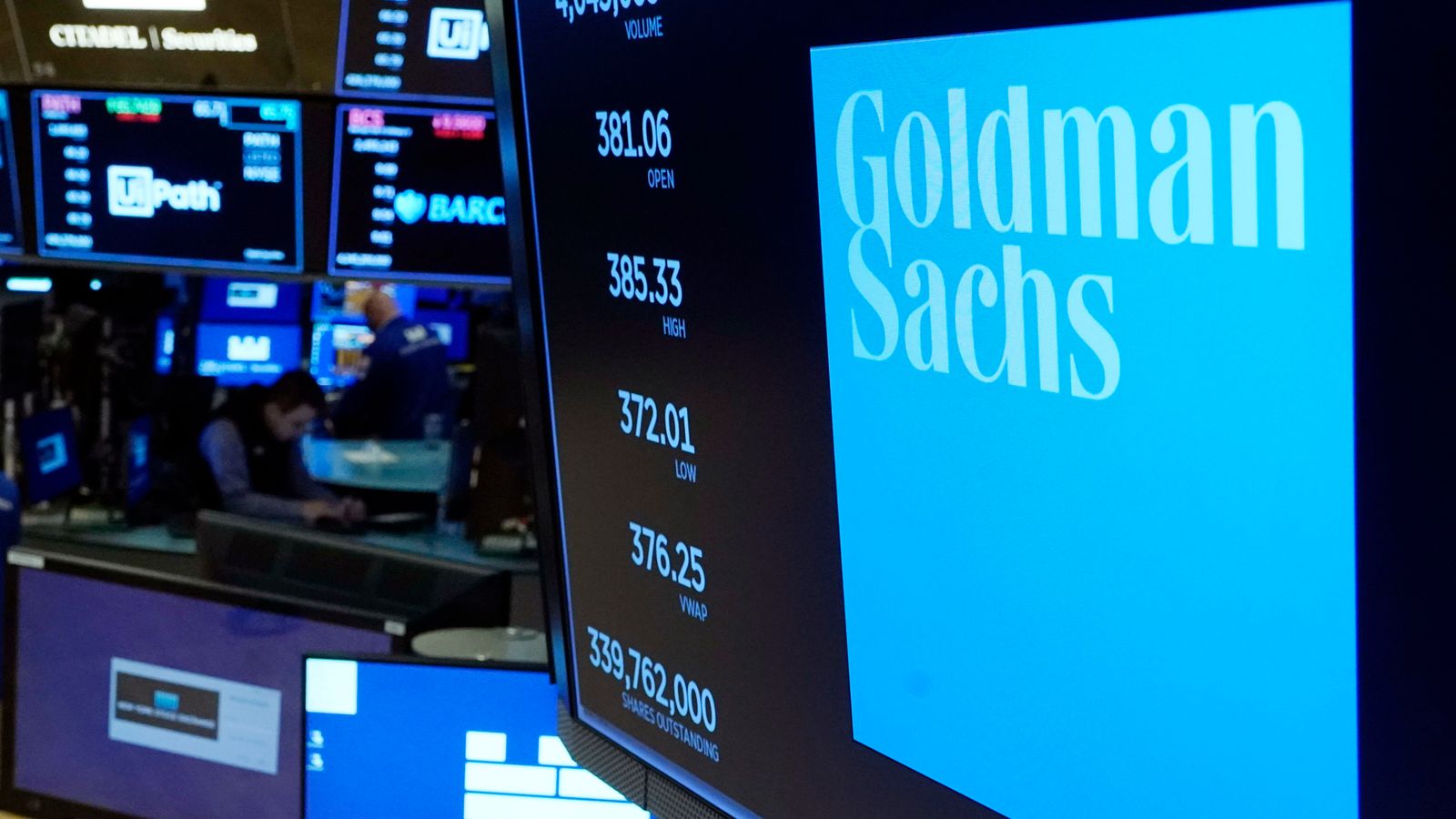
There has been a sharp decline in the rate of inflation to 4.6%, driven by a big easing in energy costs.
The Office for National Statistics (ONS) said the annual rate slowed last month, from the 6.7% figure reported in September, mainly due to the lower energy price cap imposed on households at the start of October.
The same month a year ago saw an unprecedented leap in pre-winter energy bills due to the fallout from Russia’s invasion of Ukraine, sparking the worst of the cost of living crisis.
The war was also responsible for rising food bills, which the official figures showed to be slowing further in October – easing to their lowest level since June last year at 10.1%.
“The easing in the annual inflation rates principally reflected negative contributions from three divisions, with large downward effects from housing and household services, food and non-alcoholic beverages, and restaurants and hotels,” the ONS said.
“Recreation and culture provided the only large positive contribution.”
The lower consumer prices index (CPI) inflation figure – which came in below economists’ expectations of 4.8% – is still high but a welcome development for household spending power.
Analysis: Inflation panic seems to be over but cost of living remains
That is because earnings growth has been outstripping inflation since the end of the summer.
The ONS reported earlier this week that the pace of wage growth was running at 7.7%.
It may also produce a sigh of relief in Downing Street as the weaker pace of price increases also means the prime minister’s pledge to halve the rate of inflation this year is currently being met.
Rishi Sunak said in response that work must continue to get inflation down to 2% – the Bank of England’s target rate.
“Inflation works like a tax. It eats into the pound in your pocket, affecting the price of your food shop, your mortgage, the size of your pension pot.
“This is why halving inflation has been my number one priority. Getting it down has involved hard decisions and fiscal discipline.”
At the Bank, which paused its cycle of interest rate hikes to tackle inflation in September, there will also be some satisfaction that the ONS data showed no cause for additional alarm.
So-called core inflation, which strips out volatile elements such as food and energy costs, eased back to 5.7% from 6.1%.
However, policymakers will now want to see wage increases slow towards the inflation number over fears a spike in demand in the economy could stoke price growth.
Financial markets show traders believe there is a good chance the Bank could reveal an interest rate cut by May next year, barring any further price shocks.
Rising borrowing costs added a new element to the cost of living challenge as new mortgage and rent bills are up substantially over the past year.
Read more:
Spending calculator: See which prices have gone up or down
Record number of people seeking homelessness support
Charities have warned that millions of households face another tough winter ahead.
Paul Carberry, chief executive at Action for Children, said: “It may be mission accomplished for government but the cost of living crisis is getting worse for many of the families we see every day.
“For them prices continue to rise, the choice of what to go without becomes more brutal and the emotional toll mounts up.
“With winter approaching, the continued financial pressures on low-income parents will only get worse, meaning yet more children going cold and hungry.
“The chancellor must use [next week’s} Autumn Statement to protect families with children from these intense and ongoing pressures on household finances.
“At the very least, he must raise benefits by inflation in the usual way and reform Cost of Living Payments to account for family size.”

